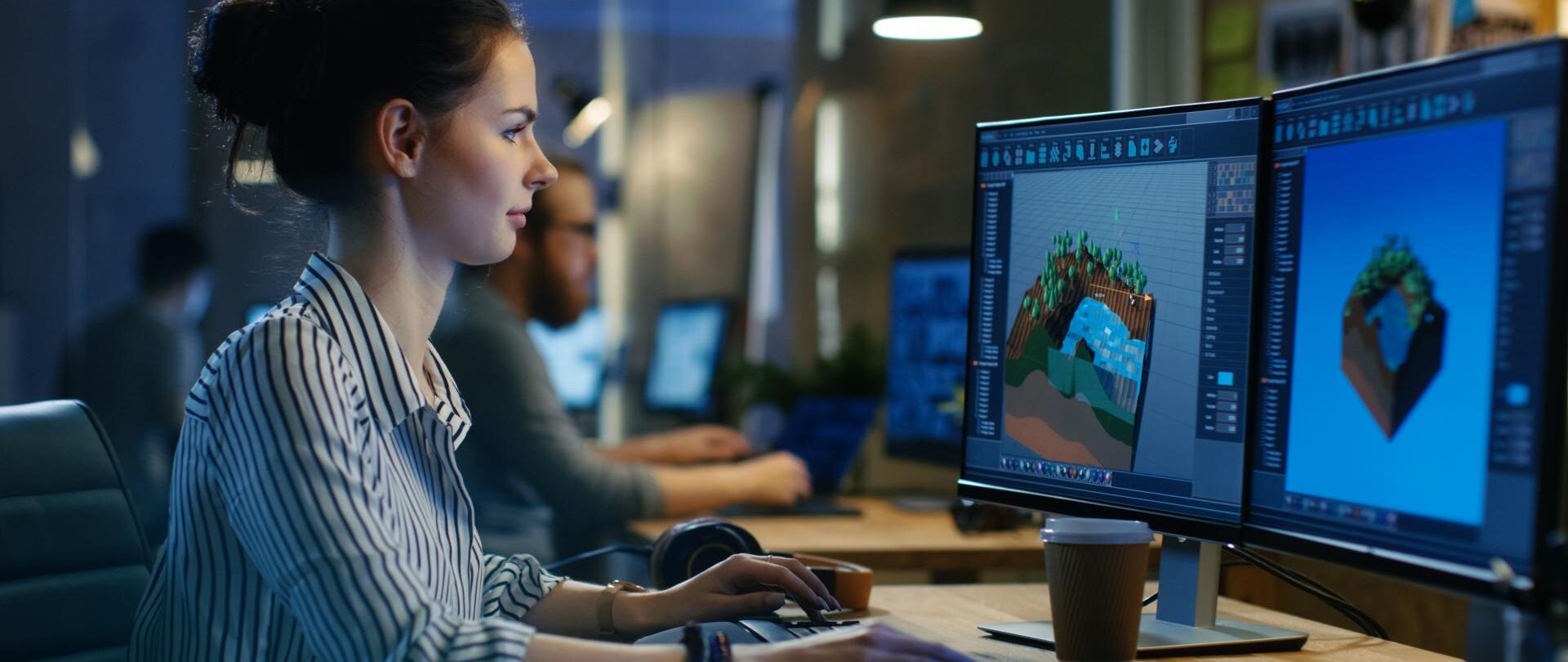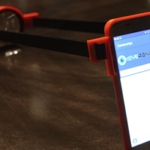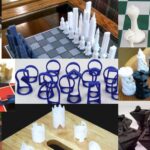

The combination of 3D printing and more efficient, smaller profile LED lighting is enabling lighting and interior designers to provide a wider range of new and unique lighting products. Lighting designers and artisans who use 3D printing may be eligible for R&D Tax Credits.
The first chandeliers originated from handheld candelabras. In Hollywood films, candelabras were portrayed as displaying a gothic touch to the scene and bestowed the image of eeriness. They were most often seen in haunted houses to set the tone of the film. Some people may associate candelabras with the candle that Yvonne de Carlo held in the 1964 American TV Show The Munsters. This sitcom depicted the “normal” home life of a family of monsters. Today, chandeliers are essentially inverted candelabras suspended from the ceiling. Architects and designers have now embraced 3D printing because it allows them to expand their design offerings. Designers can create their designs using CAD (Computer-Aided Design) software and transfer to a 3D printer to print a prototype of their work. Once they are satisfied, they can continue printing a singular creation or a single piece for production.
The Research & Development Tax Credit
Enacted in 1981, the now permanent Federal Research and Development (R&D) Tax Credit allows a credit that typically ranges from 4%-7% of eligible spending for new and improved products and processes. Qualified research must meet the following four criteria:
- Must be technological in nature
- Must be a component of the taxpayer’s business
- Must represent R&D in the experimental sense and generally includes all such costs related to the development or improvement of a product or process
- Must eliminate uncertainty through a process of experimentation that considers one or more alternatives
Eligible costs include US employee wages, cost of supplies consumed in the R&D process, cost of pre-production testing, US contract research expenses, and certain costs associated with developing a patent.
Designers are testing their creativity and customization of many designs for hanging light sculptures. Designers Thyra Hilden and Pio Diaz created a 3D printed light sculpture, in which when light shines through, it casts shadows of trees throughout a room. The light fixture uses a 90-watt bulb with a dimmer and gives the eerie sensation of being surrounded by the shadows of a forest.
Wind powered 3D printed lights
Margot Krasojevic designed a 3D printed LED lamp that transforms wind into an electrical current. The lamp is an aerodynamic shape and designed to rotate in the wind. The capacitor has a power reserve so the light can remain on even if wind is not present.
Luminaires

In 2018, the electronics and lighting multinational company Philips N.V. began development on a 3D printing venture they call “Philips Lighting Telecaster.” The implementation of 3D printing has allowed Philips to increase production speeds while simultaneously lowering their costs. This increase in efficiency has also allowed the team to experiment with customization options for their customers.
Visual Lighting Artists
British designer Ross Lovegrove uses 3D printing to reach new creative and aesthetic heights. Known as Captain Organic, he uses additive manufacturing to create intelligent forms that touch human beings. He has a concept called DNA. His acronym stands for design, nature and art and defines what he uses to inspire his works. He created the world’s first solar paneled garden lamp and produces LED street lamps. One of his pieces, the Solar Tree, is a light fixture that combines innovative design with technical LED lighting systems that use solar energy supplied from photovoltaic systems. According to Lovegrove, his “solar trees” communicate more than light as they bring “grayness of urban environments and optimistically lift [the] sense toward the future and how the physicality of all the objects that surround us will change…the new form in industrial art that complements the new quest for biological forms in architecture.” Ross Lovegrove hopes that observers are able to see what he is looking at from a new viewpoint.
Artichoke Lamp
Lighting is an essential part of interior design for any apartment or home. Poul Henningsen, a Danish designer and painter, designed the interior lighting for a restaurant in Copenhagen. At this particular restaurant, artichokes hang from the ceilings. The lamps are 3D printed and provide Henningsen’s view “culture” to the setting. His work uses a detailed analysis of geometry and materials to produce 100% glare free and uniform illumination which is created to produce pools of light that demonstrate the warmth reminiscent of natural light. He believes that his lamps will be able to create the illusion of sunlight.
ZHDK Design
ZHDK designed a huge engineering accomplishment by making pollen visible in the air through their lamp. This was the first time any organization has been able to accomplish such a goal. Zurich University designers take the 2D shapes of pollen, then create 3D images, and then print the images. The lampshade and coverlid are 3D printed with white nylon powder and give the lamp a coarse, sand-like texture.
Conclusion
Artists and designers are using innovative technologies to create works of art that are built from both computer technology and 3D printers. 3D printing is a cost-effective way to mass produce products on demand and explore the endless creative possibilities with additive manufacturing of chandeliers. Artists and lighting designers who engage in 3D printing of lighting fixtures may be eligible for R&D Tax Credits.
Discuss this and other 3D printing topics at 3DPrintBoard.com or share your thoughts below.
Charles Goulding and Andrea Albanese of R&D Tax Savers discuss 3D printed lighting.
If you're looking for affordable 3D visualization services in the USA, our platform provides an ideal solution for all your architectural and real estate needs. Through our service, you can access high-quality 3D renderings at competitive prices without compromising on quality. Whether you need interior visualizations, exterior renderings, or architectural animations, our team ensures that you get professional results that fit within your budget. With our support, you can make your projects visually stunning while saving on costs, all with a quick and straightforward process.
Through our site, you can easily order affordable 3D visualizations for your projects, whether for a residential property, commercial development, or architectural design. We understand the importance of staying within budget, and that's why we offer tailored solutions to ensure you get the best value for your investment. Our experts work efficiently to provide you with realistic, photorealistic 3D images that will elevate your presentations and attract clients, making your property stand out in the market.






